
BagBaySha

Audio By Carbonatix
Creative collaborators Serena Chopra, Kate Speer and Frankie Toan came together more than a year ago with a plan to create No Place to Go, an immersive haunted house with a twist: The installation would channel the experience of being non-binary in an unsympathetic world. To those who’ve lived it, it can be a spooky and threatening situation.
Loosely inspired by Killjoy’s Kastle: A Lesbian Feminist Haunted House, an immersive walk-through installation by Toronto-based artists Allyson Mitchell and Deirdre Logue, the original model for No Place to Go called for a traditional October haunted-house experience with rooms that somehow captured the overlying social theme. Each installation would be proposed and created by selected teams of artists.
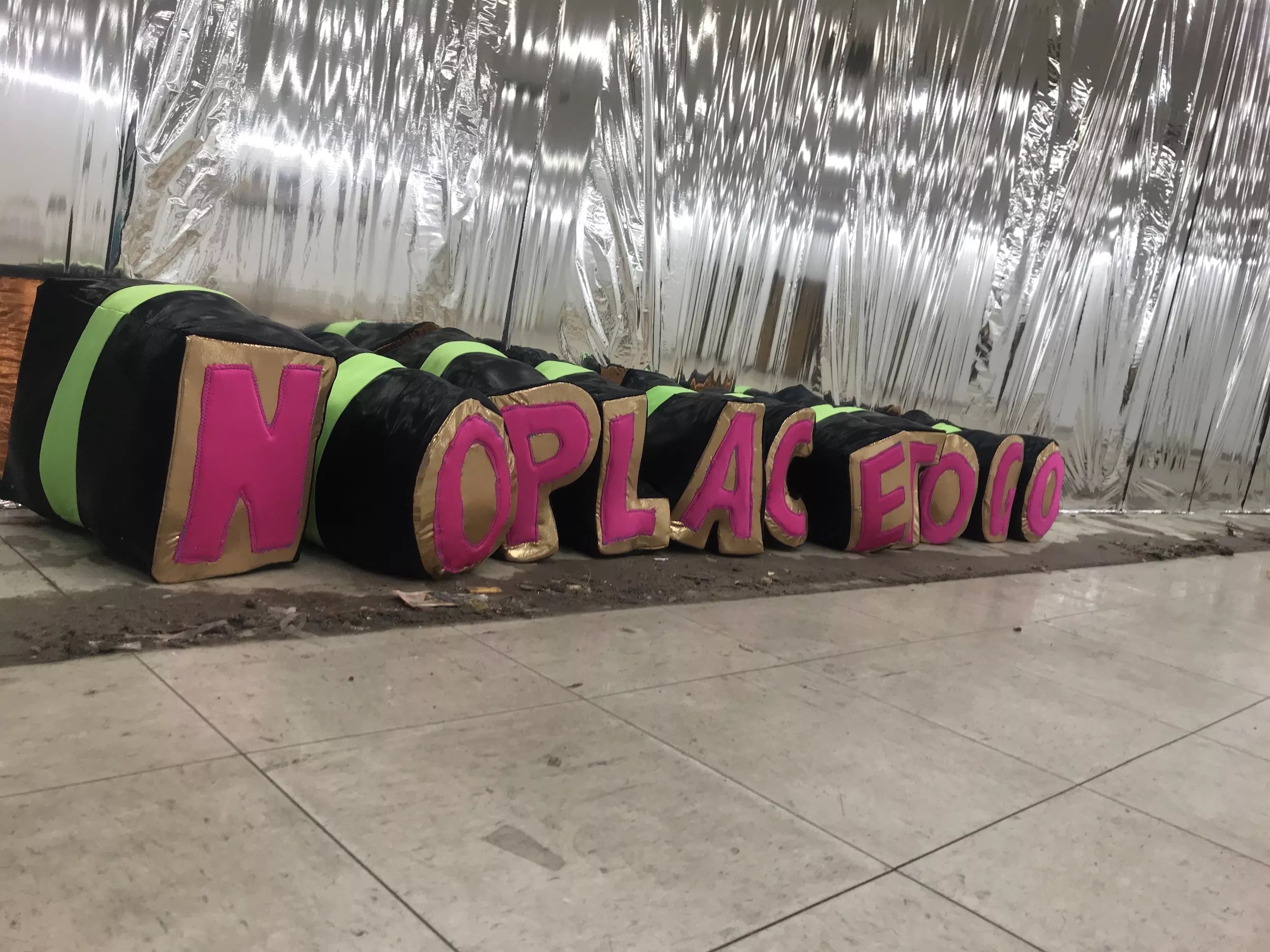
No Place to Go logo designed and fabricated by co-director Frankie Toan.
F.E. Toan
Then came COVID-19, requiring the organizers to rethink the whole thing according to social distancing rules. “Now it’s a haunted un-house,” says Chopra. “We had to develop a whole new concept instead of having to crush our dreams. The title No Place to Go became a little bit too real.”
Instead of going with their original plan of creating visual environments indoors, the trio settled on the idea of a car tour that safely passed through five locations. They brought on nine artists and more than twenty performers, composers and designers to work out the details.
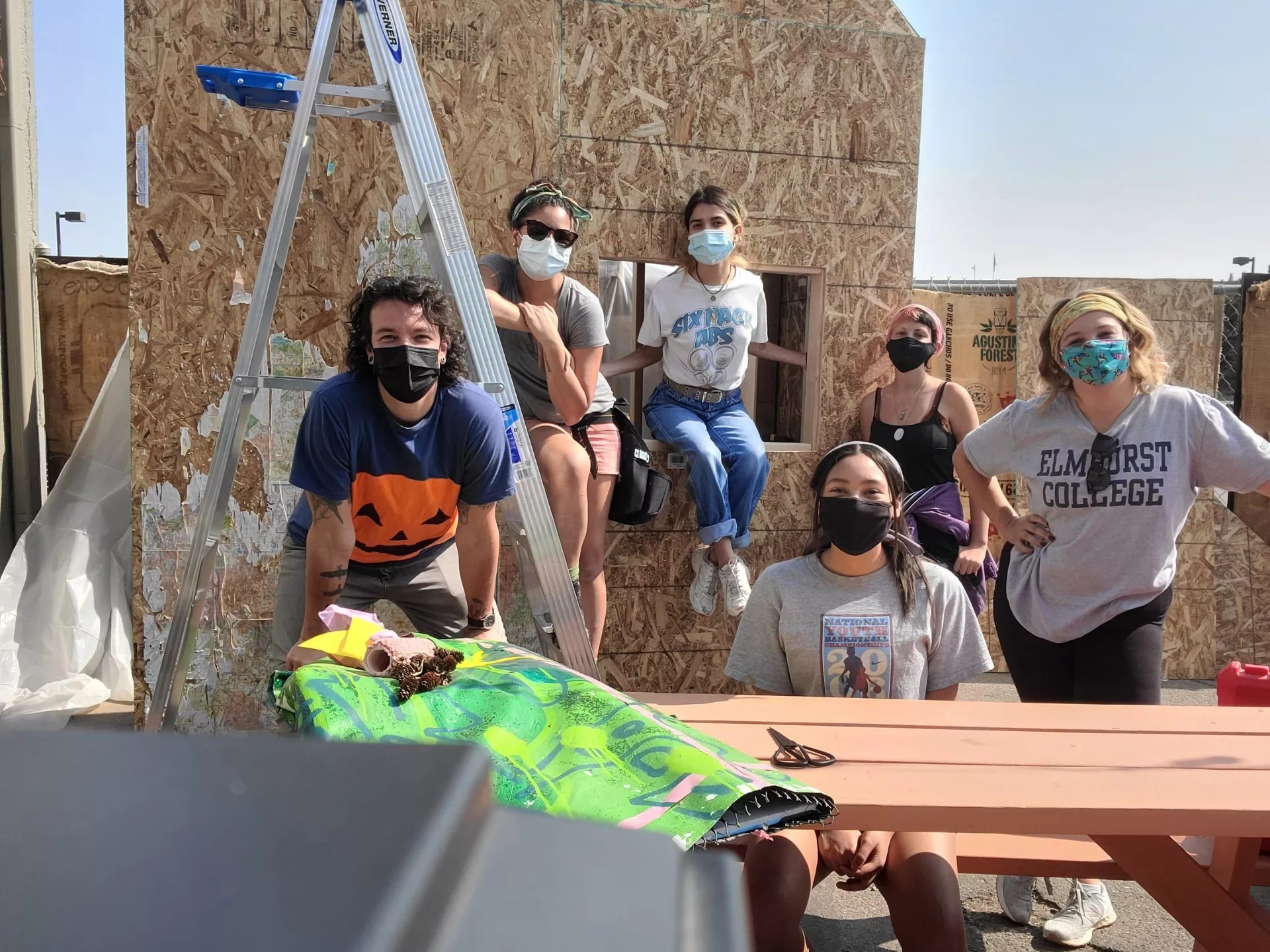
Moe Gram and her installation crew.
Moe Gram
First and foremost, tech master Bryan Costanza came on board to design an app to help audience members navigate their vehicles through the interactive elements of the individual installations. Musician Mike Clark provided sound activations to create further interplay between the environments and the viewers. Chopra came up with a narrative to be read, in the style of a radio drama, by actor James Brunt.
The structural changes made to No Place to Go continued to drive the overarching theme of queer experience. Instead of altering what happens in a normal haunted house, where fearful things reach out at the audience, the creators chose to take a more subtle approach.
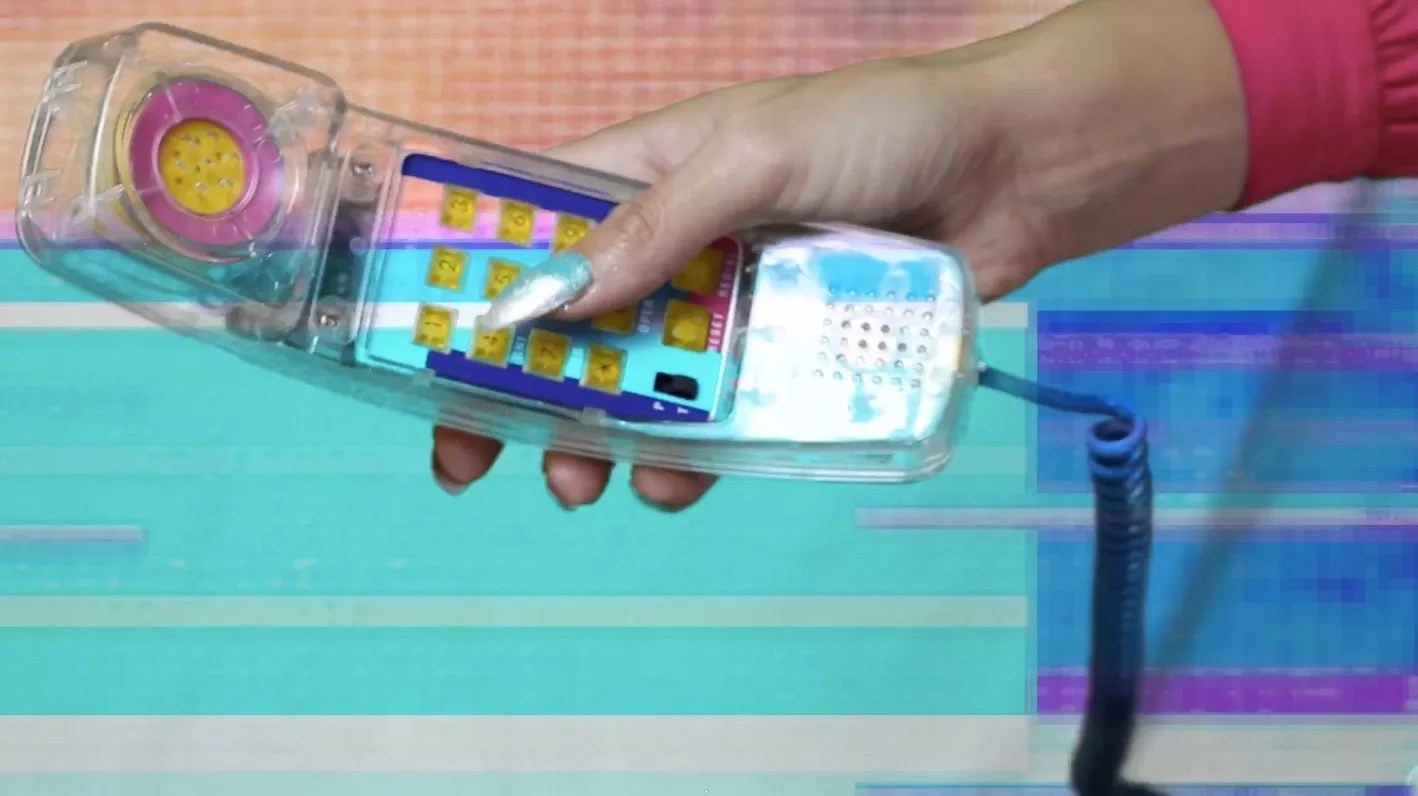
Hayley Dixon and Renee Marino, “The Waiting Room.”
Hayley Dixon/Renee Marino
“We had to think more about the ways in which fears manifest internally – about bodies in spaces where fear is always possible,” Chopra explains. The idea was to show how marginalized groups are trapped in a hierarchy of queer and non-queer, she adds: “Instead of zombies coming at you, you experience the fear of larger systems of power and control. You have no place to go. You can’t run away from this fear.”
Where do the disparate installation artists take these ideas? “When we made the original call for artists, we gave them an opportunity to imagine where to take the idea,” Toan notes. “The guiding concept of fear and desire was closely related in some projects, on one side or the other. Altogether, they really give a nice, grounded experience: Some are more performed, some less performed; some use sculpture. They all really complement each other.
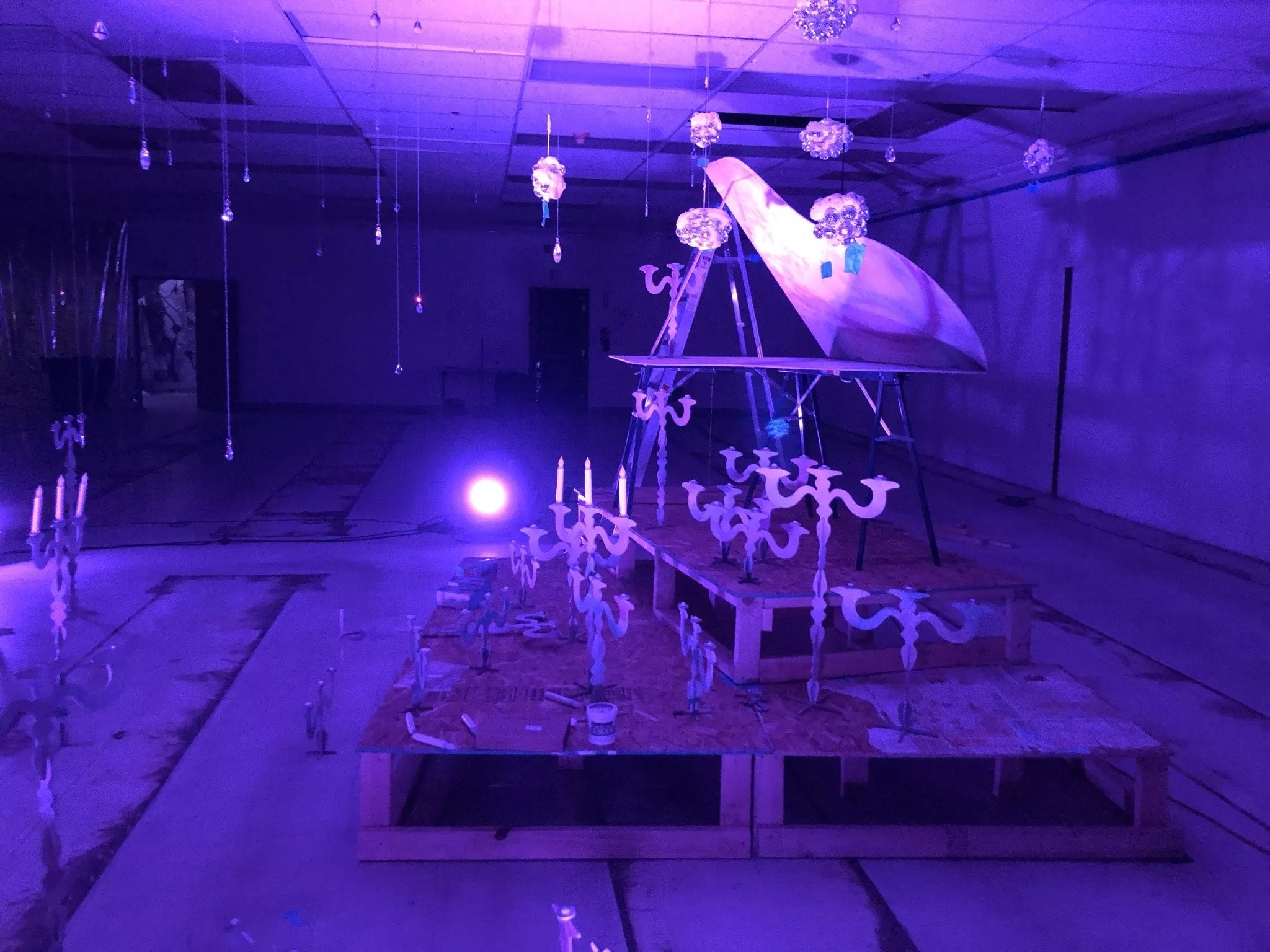
Steven Frost, “Liberace in Purgatory.”
Steven Frost
“Artist Nolan Tredway uses animation to tell his story,” Toan continues. “Fiber artist Steven Frost created an installation about the afterlife of Liberace, and Moe Gram is using her signature colorful palette. Haley Dixon and Renee Marino made a wonderfully bureaucratic doctor’s office.” Other artists include Hayley Krichels, who contributes an uncomfortable photo booth that mimes surveillance techniques; Grace Cooper and Chrissy Espinoza, who toyed with ideas about sleep paralysis and terror in private places; and BagBaySha – the multimedia trio of Chris Bagley, Koko Bayer and Thomas Scharfenberg – who made a collaborative rotating ghost figure.
No problem with the visuals. But how about the message? What do Chopra, Speer and Toan want caravanning viewers of No Place to Go to take home from the experience? From a logistical point of view, Speer hopes that “instead of timed entry, we can somehow replicate a portion of what it’s like to enjoy a show.” Different carloads take different routes, she explains, but they’ll still end up in a “car pod” of four cars, lending the sense of being part of an audience.
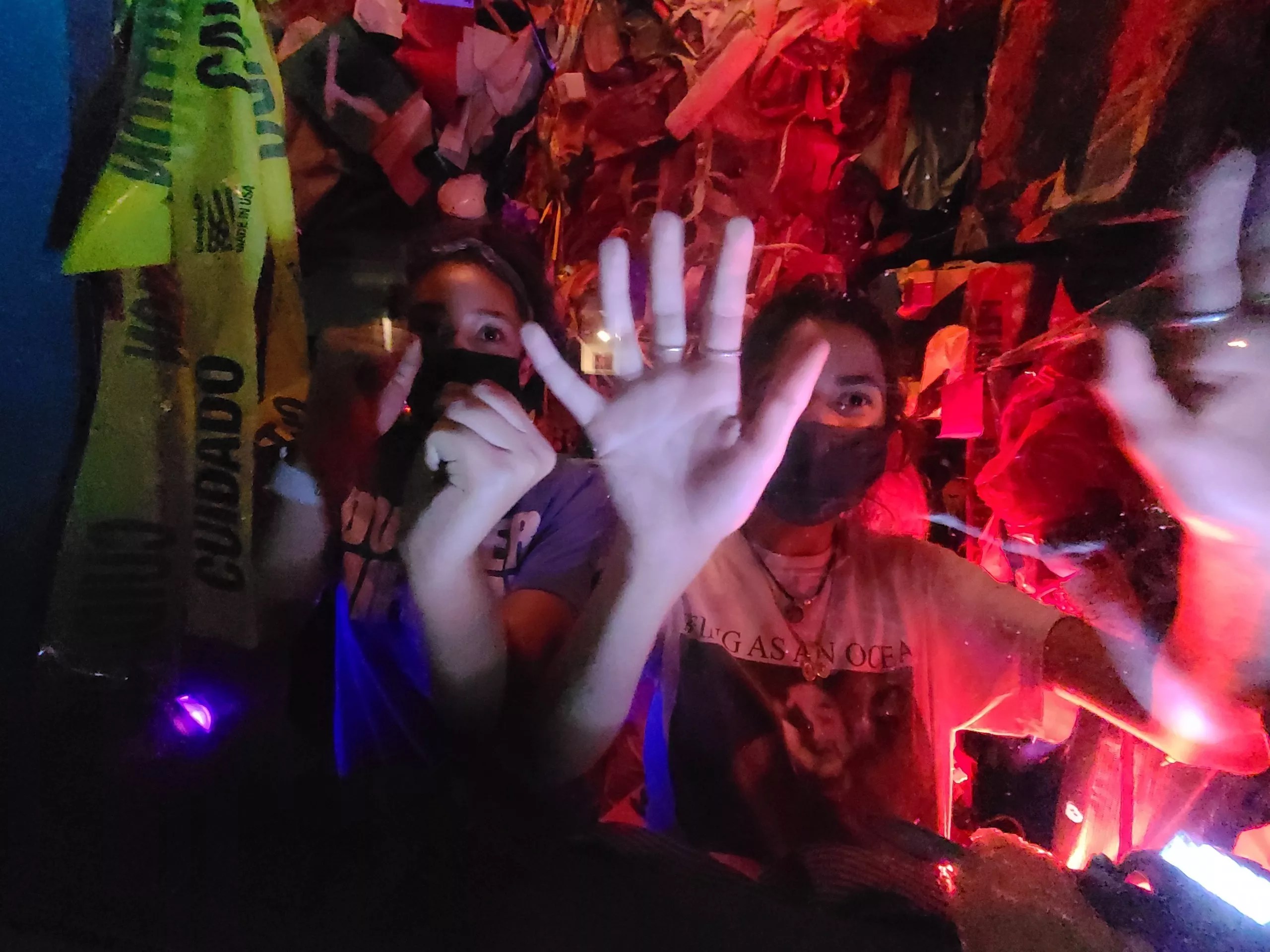
Moe Gram inside her “Clown House” installation at Mint & Serif.
Moe Gram
Chopra takes a deeper view. She hopes the “audience can meditate, concentrate and interact with the internal landscape in a way that’s not traumatizing and can provoke conversation,” she says.
“It’s easy to fall into dark spaces,” Chopa adds. “This provides some way to shed light on what that landscape feels like. It can be very debilitating, but there is also a sense of hope in play. There is a way to think through it as a group, that art can still be made as a way to resist what we make in the world.”
And the third organizer just wants people to have fun. “In short, I hope the audience gets from the experience a sense of hope, a sense of fun and of shared experience,” Toan says. “There is a cathartic and hopeful quality to it.”
No Place to Go, a drive-through, pandemic-safe haunted-house art experience, runs 6 to 10 p.m. Thursdays through Sundays, October 22 through November 1, starting at Mint & Serif, 7310 West Colfax Avenue in Lakewood. Admission is $60 per car (up to five people); tickets to a virtual version premiering in November are $25. Learn more at the No Place to Go website; reserve tickets at Eventbrite.